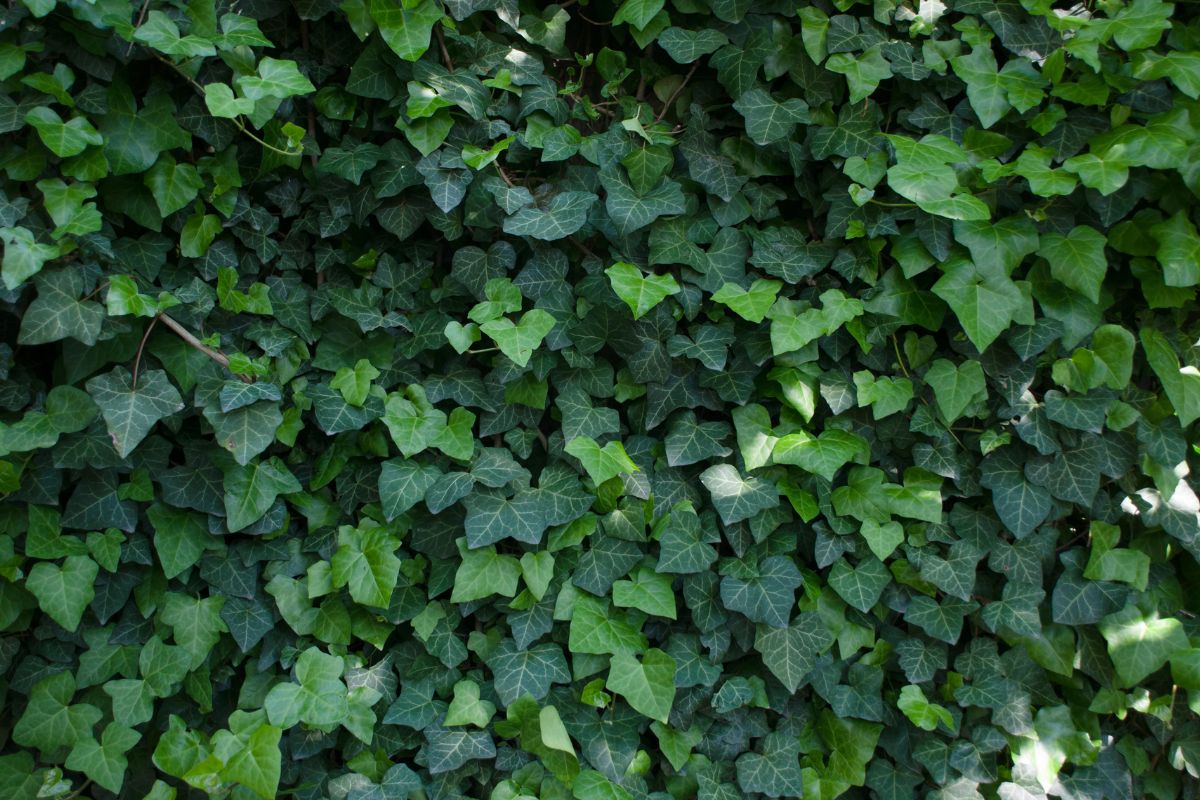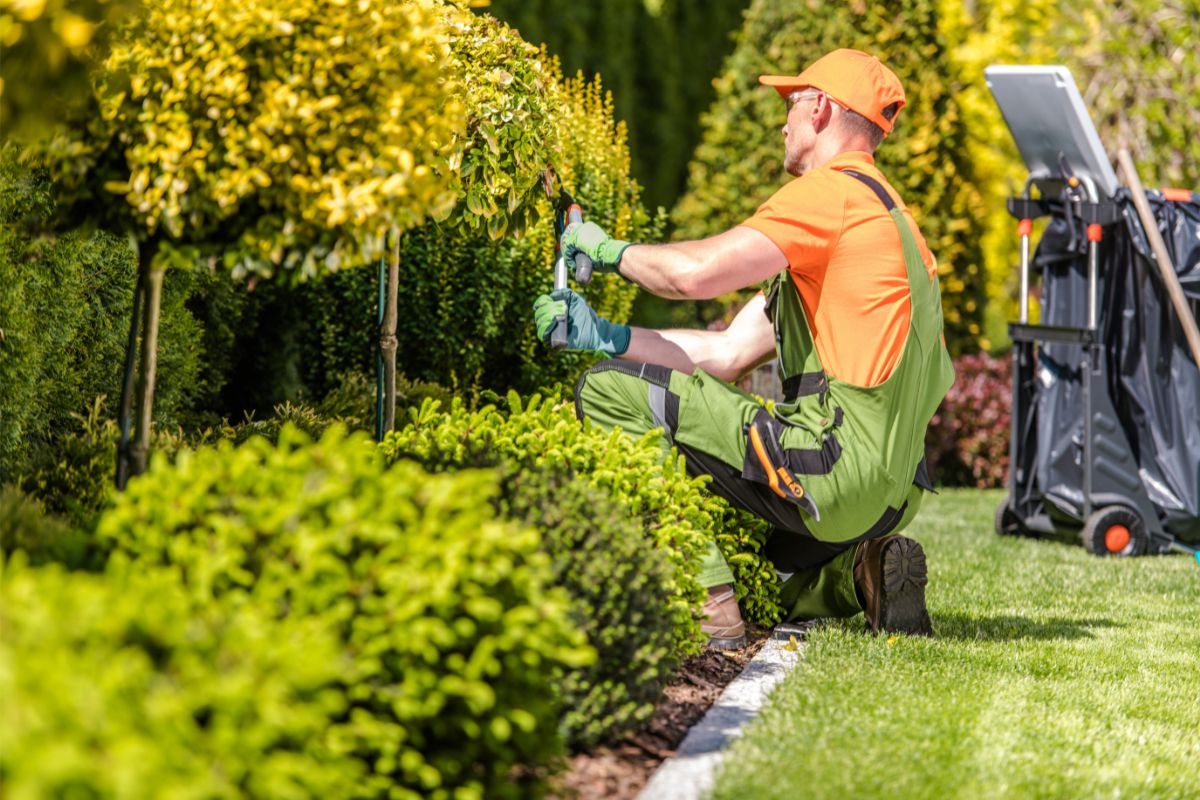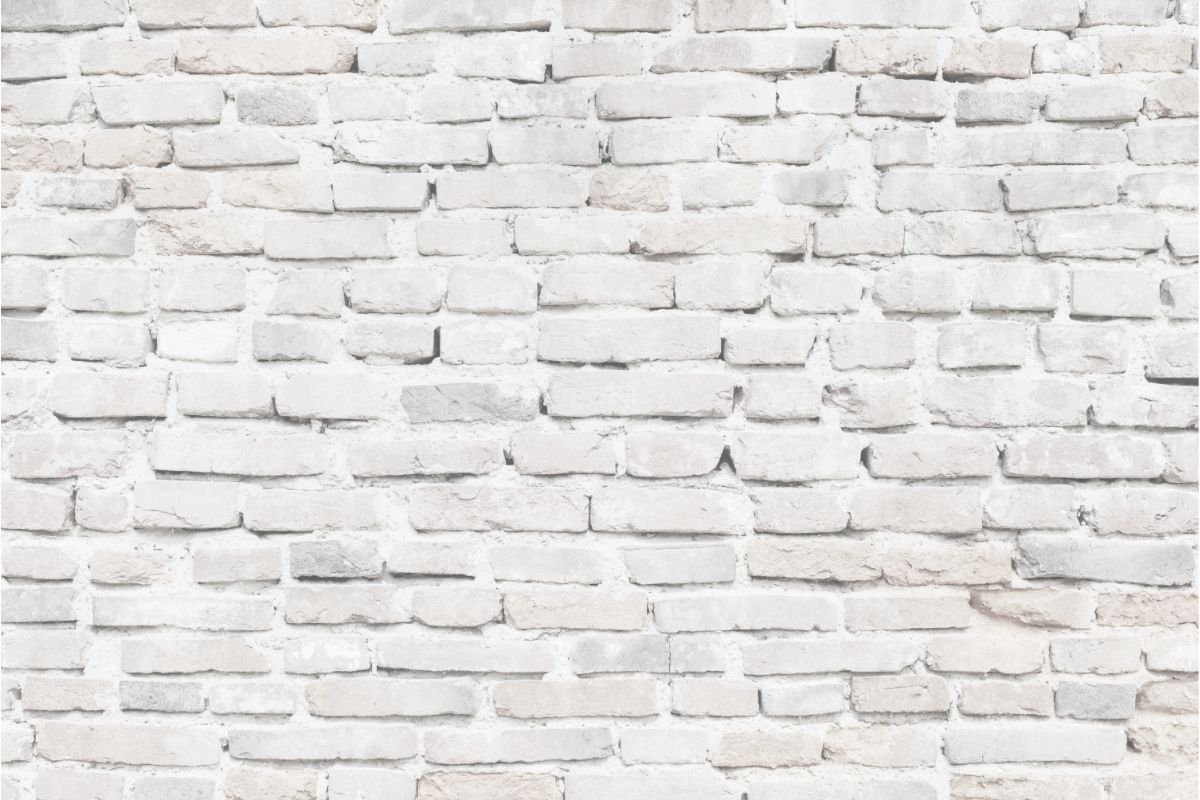Finding mold on your shower caulking is very common. Mold thrives in warm, moist areas, so your bathroom is the perfect home for it to grow.
In many cases, mold can be removed in a few simple ways with some home remedies, but other times the case may be more severe, and more drastic measures need to be taken.
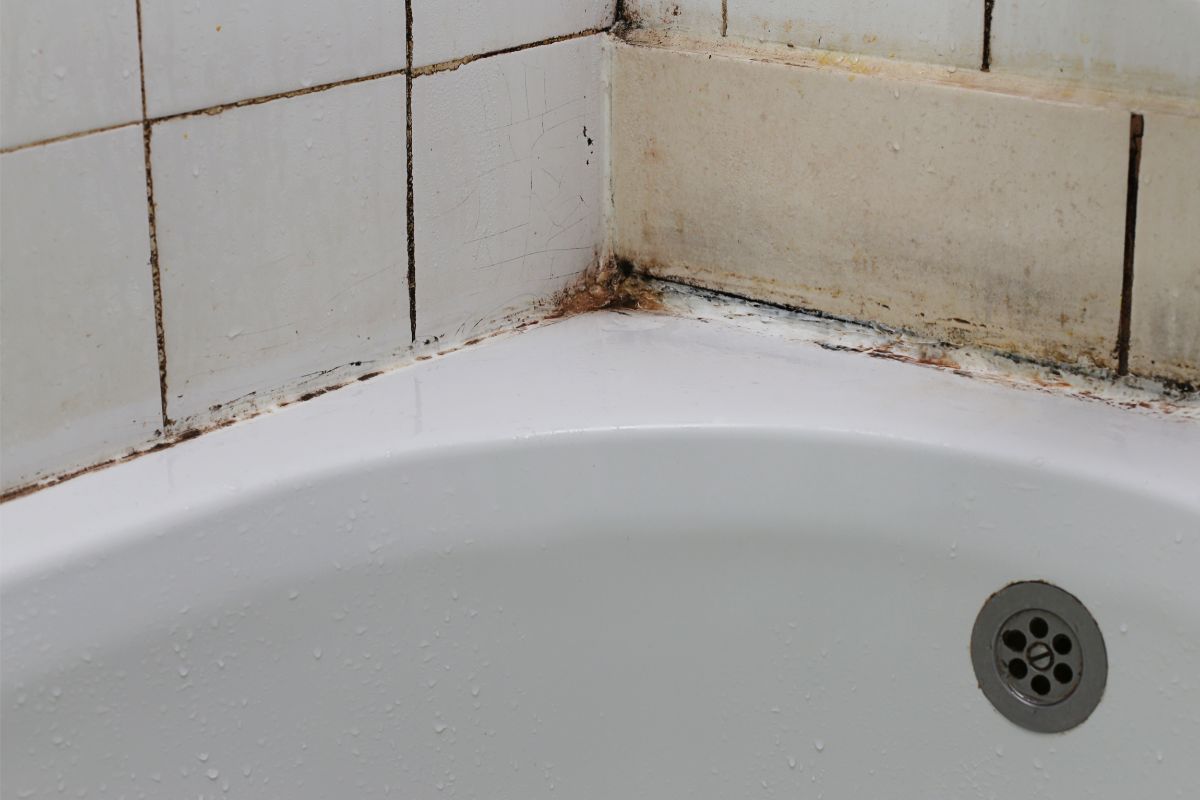
This article is going to guide you through how you can get rid of mold in your shower caulking using a few simple remedies!
So, get some gloves on, and let’s get ready for some scrubbin’!
Removing Mold With Bleach
If you’re dealing with a relatively mild case of mold, then using bleach should work.
You’ll need some bleach, gloves, a mask, and toilet paper. Begin by ventilating the area well, as bleach is very strong and can cause discomfort if breathed in.
Once the area is ventilated, pour your bleach directly onto the areas where the mold is present. Then, roll up your toilet paper, and place it directly onto the bleach and mold. This will keep the bleach in place, and stop it from evaporating.
You should then let this soak in for around 12 hours. It is recommended that you do this early in the morning, so you are able to leave all windows open throughout the day, so the area can ventilate.
Once the time is up, remove the toilet paper, and the mold should have disappeared.
Removing Mold With Vinegar
Vinegar contains acetic acid and is therefore a wonderful cleaning agent. Adding to this, it is also harmless to the environment, unlike many cleaning products available nowadays. Because of this, many prefer to use vinegar to clean their homes.
While bleach is great for getting rid of surface mold, vinegar is what will kill the remaining microbes and spores that aren’t visible. This will then stop the mold from coming back.
For this method, you’ll need vinegar, a spray bottle, a scrubbing brush (you can use a toothbrush for hard-to-reach areas), a sponge, and a bowl.
Begin by pouring your vinegar into the spray bottle. Then, spray it directly onto the affected surface, and let it sit for at least half an hour. This will give the vinegar time to soak into the mold and kill the spores.
Then, once the vinegar has been soaking, grab a brush and scrub the area. You may need to scrub relatively hard if there is quite a bit of mold, but for corners and small areas, you can do this with an old toothbrush.
Once you have scrubbed all areas, wipe the surfaces with warm water from a bowl and a cloth, and see if any mold has remained in place. If there is, then you can just repeat the process.
Removing Mold With Baking Soda
Baking soda is another environmentally friendly, and safe option for cleaning. It is useful for removing any remaining moisture, as well as mold, from surfaces.
For this method, you’ll need some baking soda (bicarbonate of soda), a cup, a spatula (or spoon), a brush, and a sponge.
Firstly, you are to mix some baking soda with water to create a paste. Use equal parts water, and equal parts baking soda. Then, apply the paste to the affected area and leave it there for at least an hour.
If the case of mold is more severe, leave it for around two or three hours. Once this time has passed, scrub the area well and wipe it with a sponge to wash away the paste of baking soda.
If there is still some mold in the area, then repeat the process.
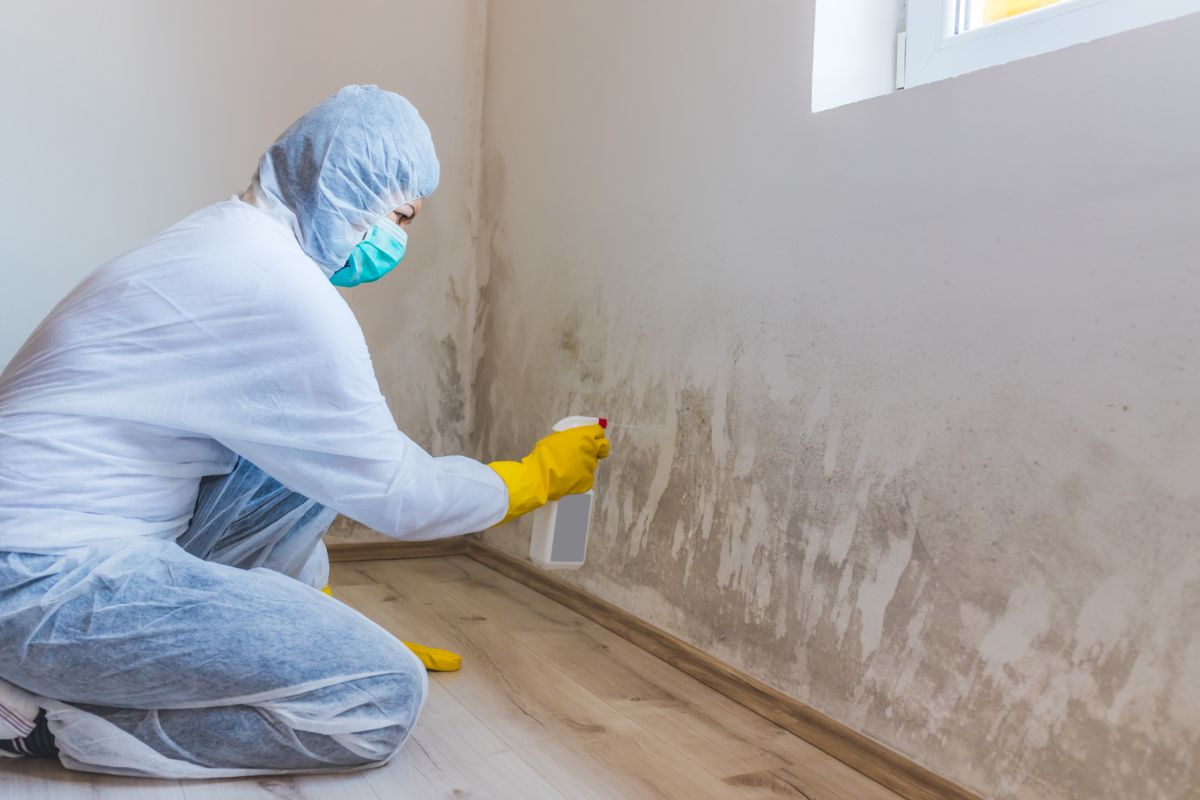
Removing Mold With Borax
Borax is very similar to baking soda, but it is more potent, so it may work better if you have some persistent mold that won’t go away using the above methods.
All you need to do is use the exact same method as you would for baking soda. Simply create a paste with water, and scrub the affected area before wiping.
How To Prevent Mold From Appearing On Your Shower Caulking
Once you’ve managed to clean up your mold, you may think the battle is over, but that is far from the truth.
As mentioned earlier in this article, mold thrives in warm and moist environments, and your bathroom is exactly that. Therefore, there are preventative measures you can take in order to stop mold from growing back in your shower.
Keep Your Shower Fan On
As you are showering or taking a bath, the exhaust fan should always be kept on. You should always keep it on for several minutes, or even an hour, after you’ve used the bathroom. This will keep the room well-ventilated and dry.
You should also leave the bathroom door open whenever you can. This will add further ventilation to the room.
If you’d like extra protection, you can squeegee down the shower door, and tiles when you are done using the bathroom, as well as dry the sink after each use.
Clean Regularly With Vinegar
As discussed earlier, vinegar is very useful for removing mold spores you cannot see. Instead of waiting for mold to appear, simply spray your shower and other moist areas with vinegar every few weeks.
This will prevent more mold from appearing, ensuring you have a squeaky clean shower! You can simply leave a spray bottle with vinegar and water solution already mixed together in your bathroom. This way, you won’t forget to spray it.
Assess Your Bathroom Regularly
You should always check all areas of your bathroom regularly for any mold spores that may be growing, as some can appear very faint.
Be sure to check all the little nooks and crannies at least once a week, and the minute you spot any mold, spray some vinegar!
Wash Bath Mats And Towels Regularly
Bath towels and bath mats are usually hung up on your bathroom radiators, and forgotten about.
Microbiologists recommend washing these every few days. These items can hold onto extra water and may take some time to dry, leaving more moisture in the room, which can lead to mold growth.
Aim to wash them, at the very least, once a week, in order to avoid mold growth.
Use A Dehumidifier
If there are normally moisture issues in your home, then you should consider using a dehumidifier. These will help get rid of any unwanted moisture that’s lingering in your bathroom, preventing the growth of mold.
Final Thoughts
To conclude, removing mold from your shower caulking can be straightforward, as long as the mold hasn’t made its way past the tiles and walls of your shower (if this happens, you should seek out the guidance of professionals).
More often than not, some scrubbing with bleach can get rid of any small bits of mold in your shower, but if you want to eliminate it properly, then using vinegar is the way to go.
Vinegar contains acetic acid that is effective at killing mold spores that aren’t visible, so this will prevent it from coming back. Using baking soda will also get rid of extra moisture, which is what mold needs to grow.
- The Woodworkers Guide to Brad Nailers: Everything You Need to Know - September 25, 2023
- How To DIY An Aztec Garden Dining Table [The Easy Way] - October 18, 2022
- Farrow & Ball Pigeon: Is It Right For Your Home? - October 17, 2022

